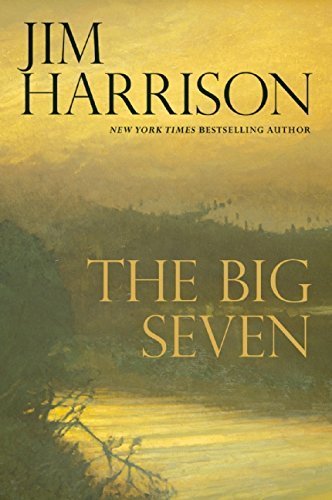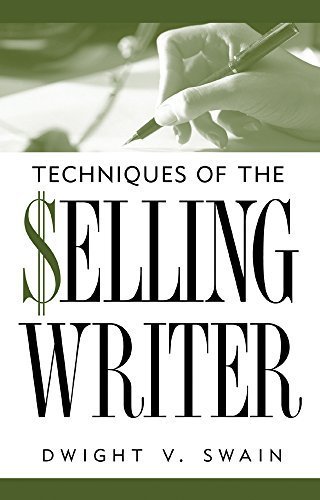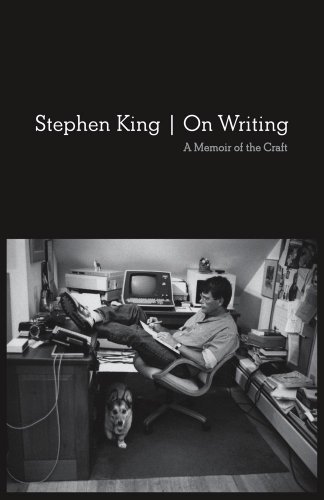Michael E. Henderson's Blog: Henderson's The Literary Man, page 5
March 23, 2015
Book Review: The Big Seven ( A Faux Mystery), by Jim Harrison
What I like about this book is that it’s by an old man about an old man. The old man in the novel is a retired cop, which seems to be the only old men one reads about, but I’ll take what I can get in a world full of kids and young women as protagonists.

It’s also a rule breaker. There’s not much of a climax, and the protagonist does not change much. (He takes up drinking wine instead of whiskey). He’s not real likable, although I identify with much of what he thinks and does. He’s a booze...
February 22, 2015
What is The Second Draft of a Novel? (and how I do it)
Hemingway said that the first draft of anything is shit. Go back after a month and read it. You’ll see what he meant.
The purpose of the second draft is to take the hairball you hacked up as a first draft and try to mold it into something more resembling a novel.
Key Point No. 1: Creating a second draft is not an edit of the first draft. It’s a rewrite. As a rewrite, you start over with a blank screen, or a blank piece of paper, and write it again. Only different.
“But Mahk, ah done got me a bun...
February 15, 2015
What is The First Draft of a Novel?
What is a first draft? What do you need to know in order to start writing?
As I mentioned in an earlier post. Dwight V. Swain, in his book “Techniques of the Selling Writer,” a book you should have, says that all you need in your story outline is:

A focal character
A situation in which the character is involved
An objective the character wishes to obtain
An opponent who strives against the character
A potential climactic disaster on which hinges the resolution.
Otherwise, writing goes from fun...
The First Draft of a Novel
What is a first draft? What do you need to know in order to start writing?
As I mentioned in an earlier post. Dwight V. Swain, in his book “Techniques of the Selling Writer,” a book you should have, says that all you need in your story outline is:

A focal character
A situation in which the character is involved
An objective the character wishes to obtain
An opponent who strives against the character
A potential climactic disaster on which hinges the resolution.
Otherwise, writing goes from fun...
February 14, 2015
Outline or Not?
Age-old question: Should I outline, should I write by the seat of my pants, or should I do something in between? The answer is: Yes and no.
I saw Cormac McCarthy tell Oprah that outlining would be death. Stephen King, in his book “On Writing,” said essentially the same thing. Anne Rice says she’s done it both ways, but generally doesn’t outline. She prefers not knowing what’s going to happen.

When I wrote A Beast in Veniceand “Self-Portrait of a Dying Man,” I did not outline.
But, is that g...
February 2, 2015
The Death of Self-Publishing
Good news for publishers: Self-publishing is dead. Amazon, who gave it (in the digital age), has taken it away.
I have self-published three books: The Ghost of Caroline Wald; A Beast in Venice (Redux); and Self-Portrait of a Dying Man. It was fun. You have control. You pick the cover. And there’s nothing like seeing that someone has bought one of your books. But something bad has happened in the past year.
There was a time when an author, i.e., someone who had learned the craft, could publish a...
January 22, 2015
There’s a New Gatekeeper in Town
In every profession, trade, or craft, there is a gatekeeper, and there are barriers to entry. A lawyer has to finish law school, and he has to pass the Bar exam. Some people never do. A similar barrier exists for doctors, accountants, nurses, plumbers, hairdressers, EMTs, etc. Just because you want to be a doctor, doesn’t mean that you should be a doctor. So, why should it be any different for the art/craft/profession of writer?
Up until the advent of Amazon’s Kindle Direct Publishing (KDP) pr...
January 16, 2015
Goodreads’ Pay-per-click Advertising Update
Bottom line: Ineffective.
There are two central problems that have to be fixed; one administrative, the other technical.
On the technical end, the “Self-serve advertising” platform is not fully functional in Chrome. For example, Chrome does not display your ad where it should be in the editing window, and not all editing functions work in Chrome. To use the self-serve advertising, you’ve got to use Internet Explorer (I didn’t try Firefox)
On the administrative end, it takes at least two days to...
September 20, 2014
My Experience with Goodreads Self-Serve Advertising (Day 1)
First, some background. This post is a little long, but if you don’t know what you’re doing in this type of advertising you stand to lose a lot of money. So, hang in there, I’ve tried to make it as easy as possible.
Goodreads Self-Serve Advertising is “pay per click” advertising. That is, you don’t pay unless someone clicks on your ad. Doing so takes them to whatever URL you provide. An example of this type of advertising are the Google ads that pop up on searches and on websites.
This is good,...
September 19, 2014
Star Rating System for Books: More Complicated than you think
As readers, we rely on the five-star rating system to help decide whether to buy a book.
As authors, we rely on the system to sell books. Good reviews help sell books, and bad reviews will kill a book.
Obviously, the system is subjective. Books recognized to be great works of literature written by Nobel Prize or Pulitzer Prize-winning authors receive one-star reviews, while books that are poorly written and poorly edited (by and large the self-publishing world) get barrels of five-star reviews....
Henderson's The Literary Man
Warning: Some posts are not fit for children.
- Michael E. Henderson's profile
- 49 followers



